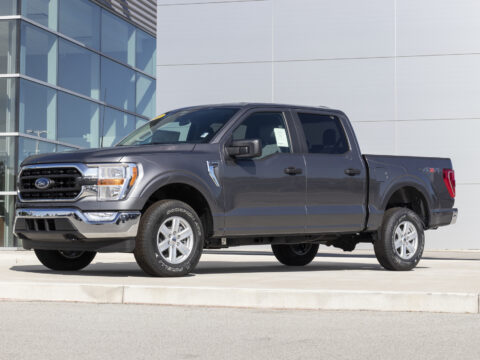Even the biggest names in the automotive industry have had their share of design missteps. These flops, often a result of bold risks or misguided trends, serve as reminders that not every innovation hits the mark. In this article, we’ll take a look at some of the most notable automotive design flops from major manufacturers, exploring what went wrong and why these vehicles failed to resonate with consumers. Despite their shortcomings, these designs offer valuable lessons in the ever-evolving world of car manufacturing.
Contents
Pontiac Aztek (2001-2005)
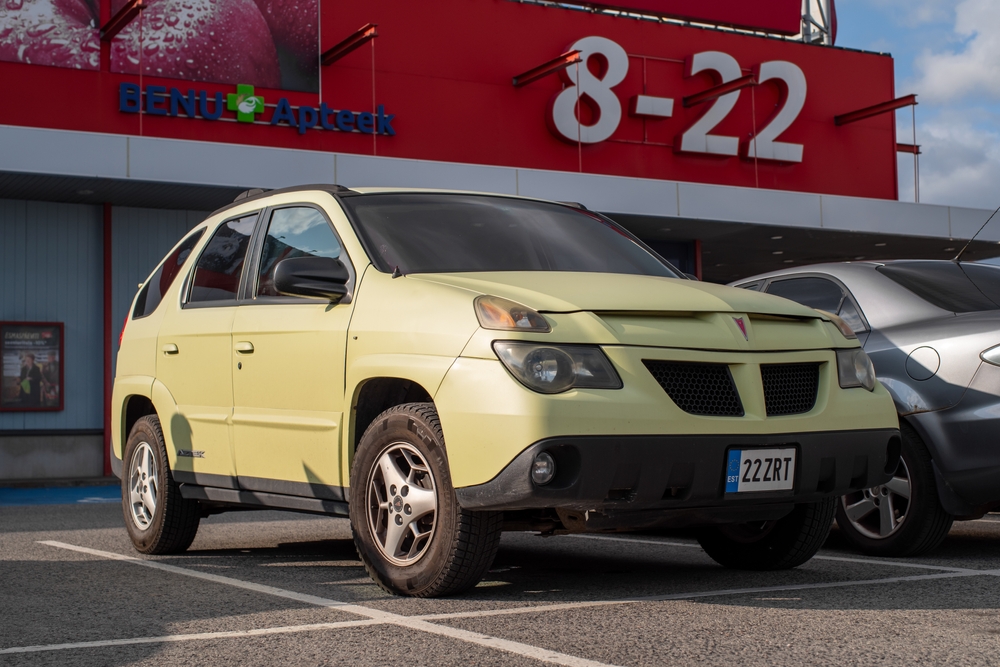
The Pontiac Aztek is often cited as one of the biggest automotive design flops in history. Introduced in 2001, the Aztek was intended to appeal to a younger, adventurous demographic with its versatile interior and innovative features like a built-in cooler and optional tent package. However, its bizarre, angular design with awkward proportions and a clunky rear end quickly turned off potential buyers. The Aztek’s appearance was widely criticized, leading to poor sales and an early discontinuation in 2005. Despite its practicality, the design flaws overshadowed its functionality, making it a symbol of how important aesthetics are in the automotive market.
Ford Edsel (1958-1960)

The Ford Edsel is another classic example of an automotive design flop, remembered as one of the most infamous failures in automotive history. Launched in 1958, the Edsel was marketed as the car of the future, but its unconventional design, particularly the “horse-collar” grille, was widely disliked. The Edsel’s styling was seen as overly ambitious and out of touch with consumer tastes. Coupled with mechanical issues, poor marketing, and a high price tag, the Edsel failed to attract buyers, leading to its discontinuation after just two years. The name “Edsel” has since become synonymous with failure in the automotive industry.
AMC Pacer (1975-1980)
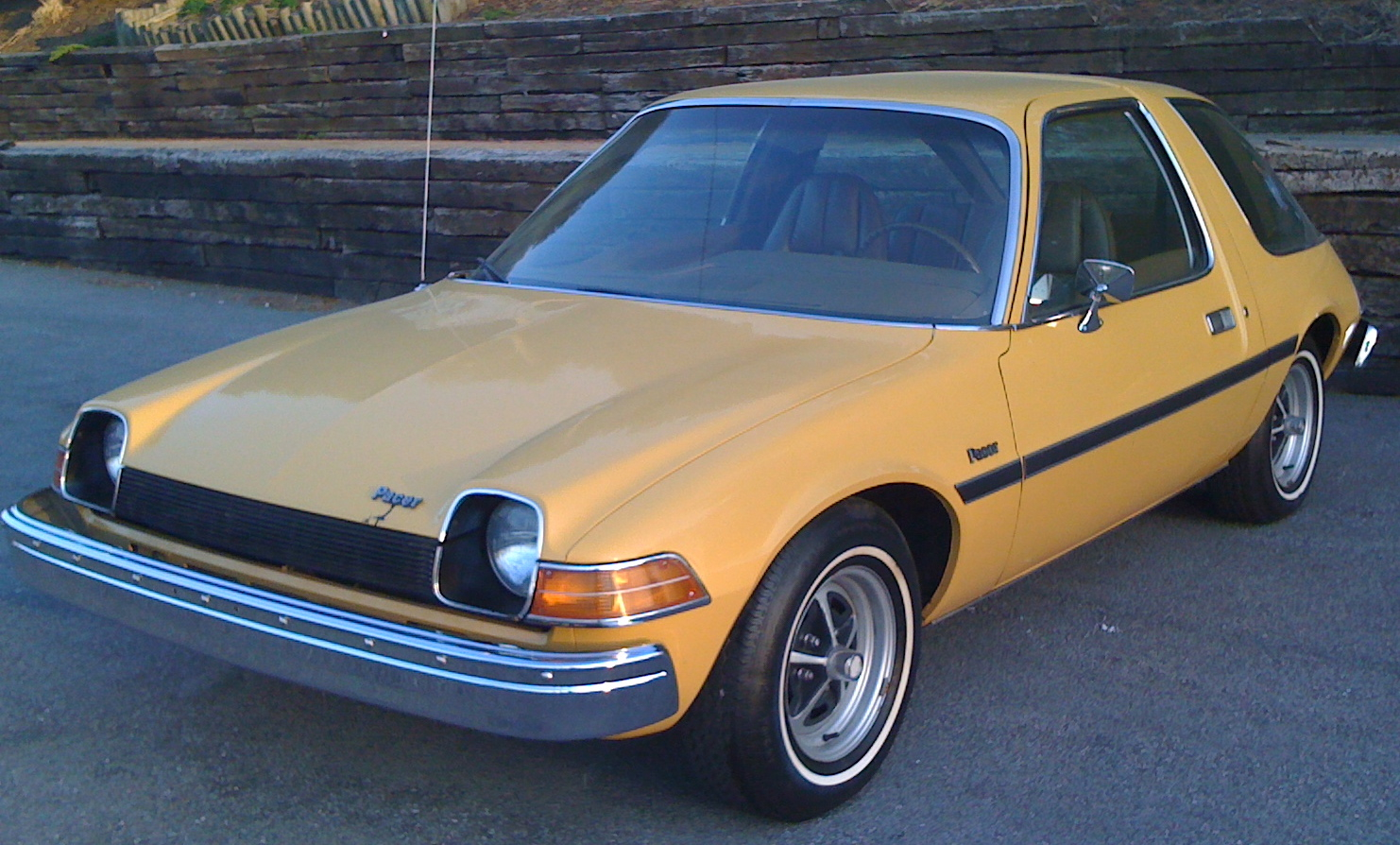
The AMC Pacer was introduced in 1975 as a futuristic compact car with a unique design aimed at capturing the emerging subcompact market. Its wide, bulbous shape and massive glass area earned it nicknames like “the fishbowl.” While the Pacer was innovative in some respects, such as its wide track for stability, the design was polarizing and ultimately unattractive to many buyers. Additionally, the car was underpowered and inefficient, which was a significant drawback during the fuel crisis of the 1970s. Despite a brief period of initial interest, sales quickly dwindled, and the Pacer became a symbol of quirky, yet failed automotive design.
Cadillac Cimarron (1982-1988)
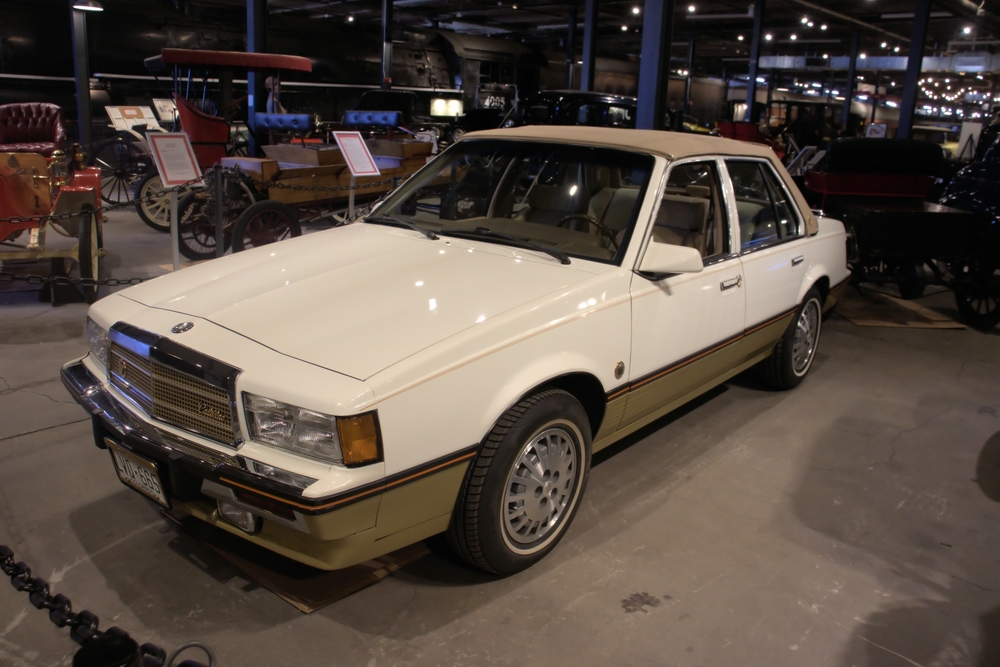
The Cadillac Cimarron is widely regarded as one of the biggest missteps in Cadillac’s history. Launched in 1982, the Cimarron was essentially a rebadged Chevrolet Cavalier with a much higher price tag. Despite Cadillac’s luxury reputation, the Cimarron offered little to distinguish itself from the economy car on which it was based. The design was bland and unremarkable, lacking the luxury features and performance expected from a Cadillac. Consumers quickly recognized the Cimarron as overpriced and underwhelming, leading to poor sales and a tarnished brand image. The Cimarron is often cited as an example of brand dilution and the dangers of badge engineering.
Aston Martin Lagonda (1976-1990)
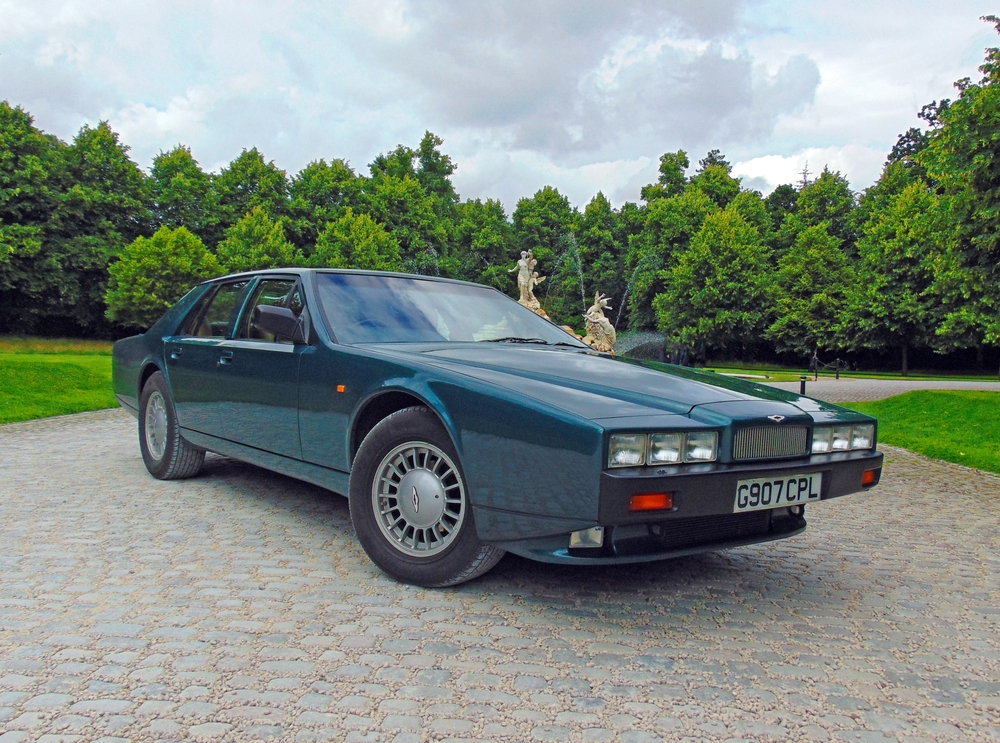
The Aston Martin Lagonda was an ambitious attempt to create a futuristic luxury sedan, but it ultimately became one of the brand’s most notorious design flops. Introduced in 1976, the Lagonda featured a wedge-shaped design and a groundbreaking digital dashboard with touch-sensitive controls. However, the car’s complex electronics were notoriously unreliable, leading to frequent breakdowns. The design, while innovative, was polarizing, with many finding it too avant-garde for a luxury vehicle. The Lagonda’s high price and reputation for poor reliability resulted in limited sales, and it remains a cautionary tale about the risks of overreaching in automotive design.
Renault Avantime (2001-2003)
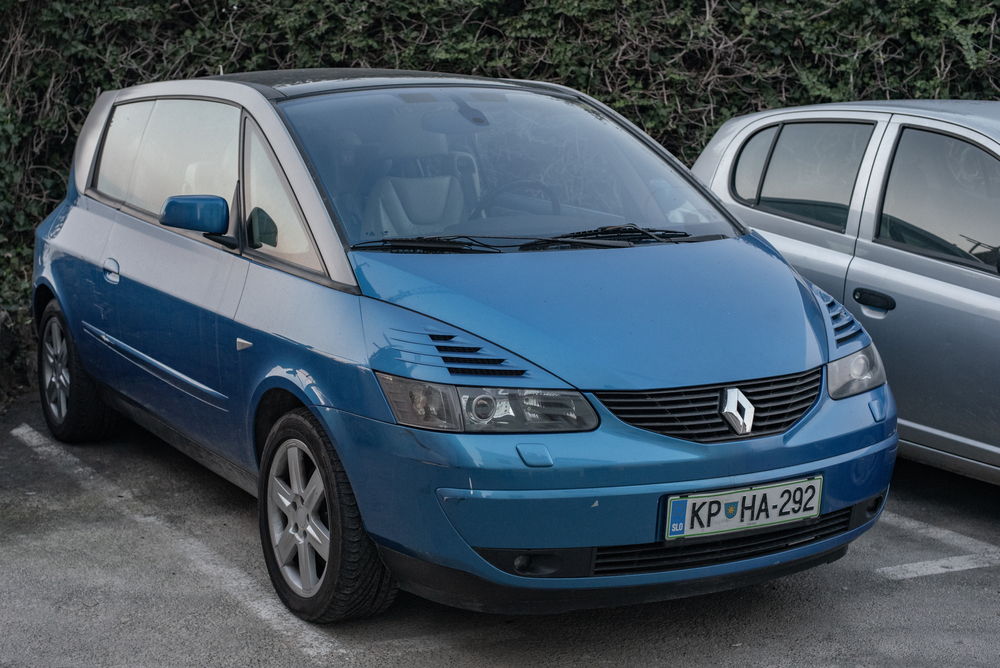
The Renault Avantime was a bold experiment in combining the attributes of a minivan, coupe, and luxury car, but it failed to resonate with consumers. Introduced in 2001, the Avantime featured a unique, boxy design with a large glass roof and pillarless doors. While the concept was innovative, the execution was flawed. The Avantime’s design was too unconventional for many buyers, and it lacked the practicality of a true minivan or the sleekness of a coupe. Sales were dismal, and the Avantime was discontinued after just two years. It’s now seen as an example of how radical design choices can backfire in the marketplace.
Chrysler PT Cruiser Convertible (2005-2008)
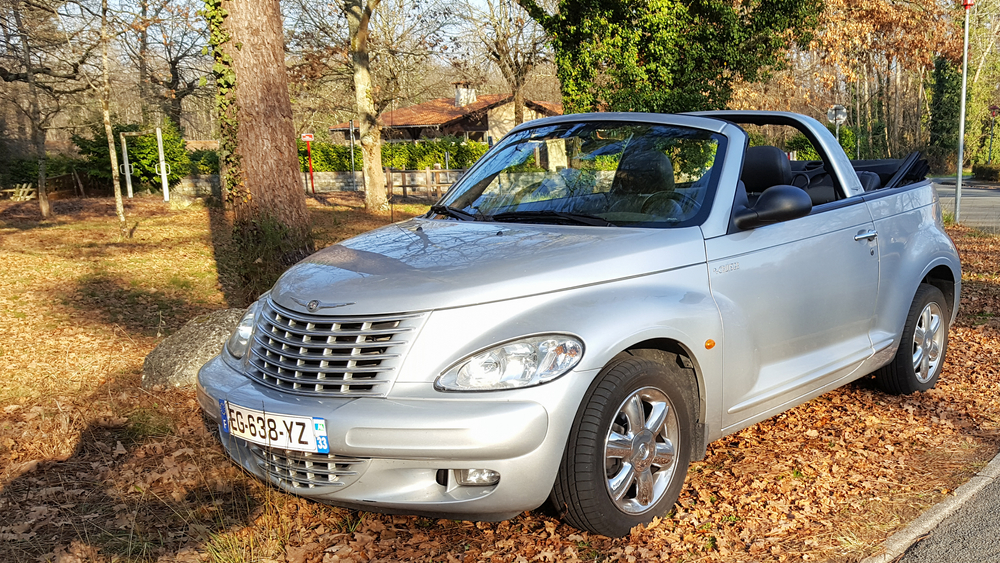
The Chrysler PT Cruiser was initially successful due to its retro-inspired design, but the convertible variant introduced in 2005 was widely criticized. The PT Cruiser Convertible featured an awkward, top-heavy design with a high beltline and a narrow rear end, which looked ungainly when the top was down. The convertible’s styling failed to capture the charm of the original PT Cruiser, and it was further hampered by poor handling and a lackluster engine lineup. Sales of the convertible never matched those of the hardtop, and it was quietly discontinued in 2008, with the model fading into obscurity.
Nissan Murano CrossCabriolet (2011-2014)

The Nissan Murano CrossCabriolet is one of the most unusual vehicles ever produced, and it quickly became a design flop. Introduced in 2011, the CrossCabriolet was a convertible version of the Murano SUV, featuring a two-door design with a retractable soft top. The concept of a convertible SUV was intriguing, but the execution was widely panned. The vehicle’s proportions were awkward, with a bulky profile and a compromised rear seat and cargo space. The CrossCabriolet was expensive, and its niche appeal failed to attract many buyers. After just a few years of poor sales, Nissan discontinued the model in 2014.
Lincoln Blackwood (2002)
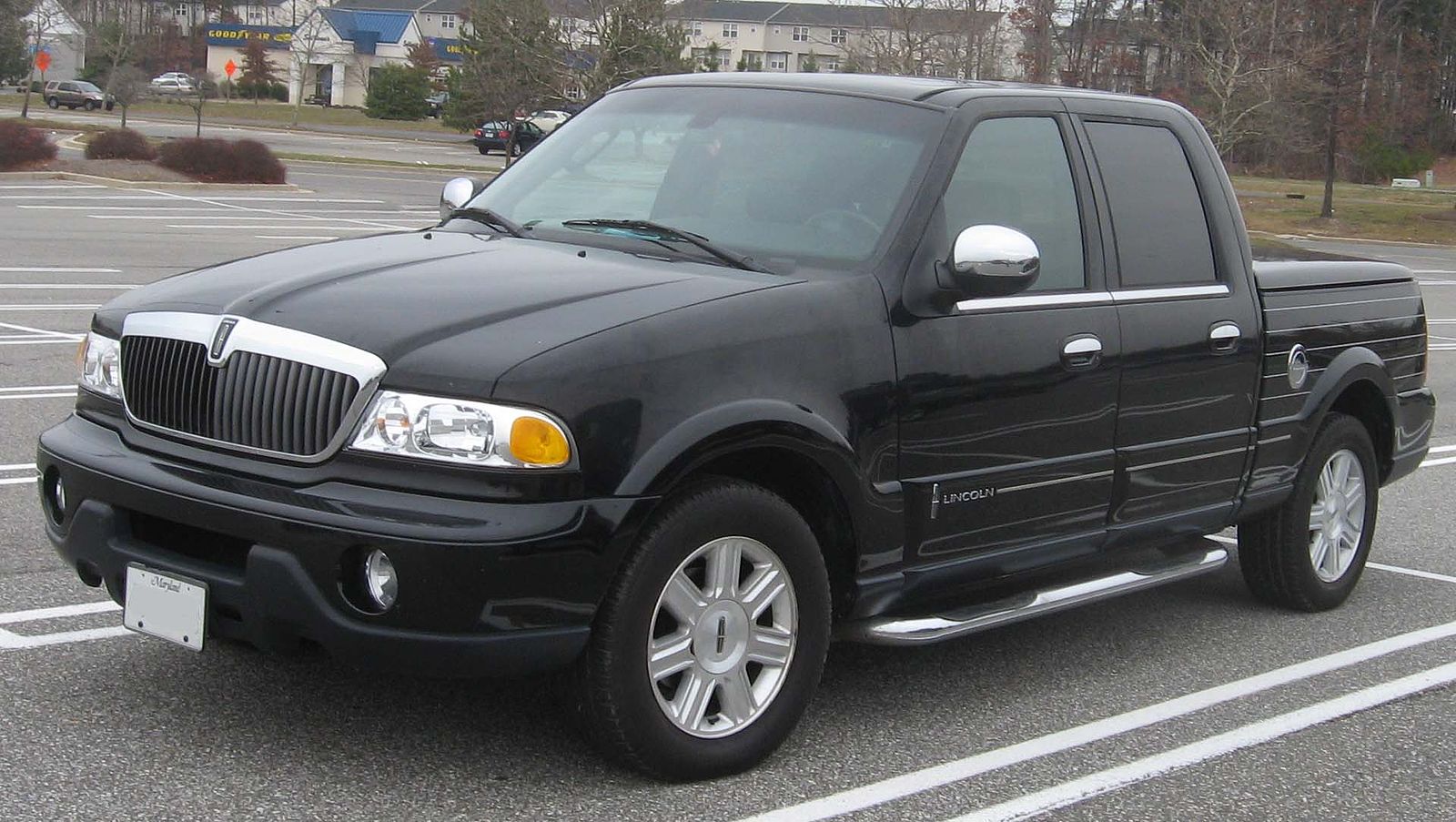
The Lincoln Blackwood was Lincoln’s first attempt at a luxury pickup truck, but it turned out to be a commercial failure. Introduced in 2002, the Blackwood featured a unique design with a power-operated tonneau cover and a carpeted cargo bed. However, the truck was heavily criticized for its lack of utility—the cargo bed was small and impractical, and the truck was only offered with rear-wheel drive, limiting its appeal as a pickup. The Blackwood’s high price and limited functionality resulted in poor sales, and it was discontinued after just one model year. It’s now remembered as a failed experiment in the luxury truck market.
Chevrolet SSR (2003-2006)
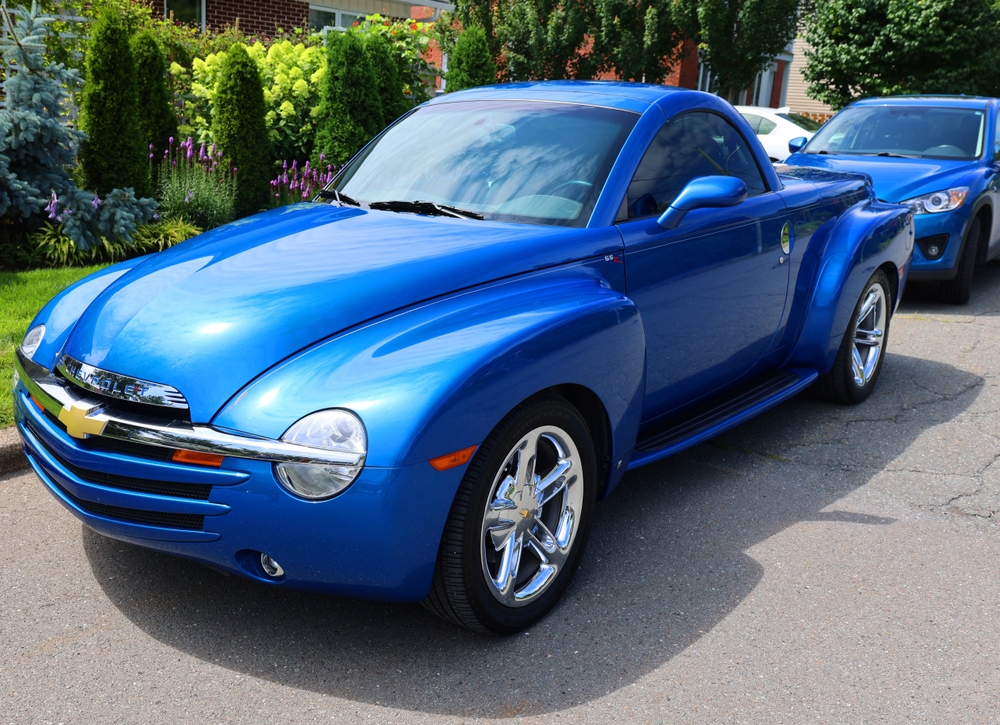
The Chevrolet SSR (Super Sport Roadster) was a retro-styled pickup truck that failed to find its market. Introduced in 2003, the SSR combined the design elements of a 1950s pickup with a retractable hardtop convertible. While the concept was unique, the SSR’s design was polarizing, with its bulbous shape and retro cues not appealing to everyone. Additionally, the SSR was heavy and underpowered, with early models featuring a 5.3-liter V8 that struggled to deliver the expected performance. High pricing and limited practicality further hurt sales, and the SSR was discontinued in 2006 after just a few years on the market.
Fiat Multipla (1998-2010)
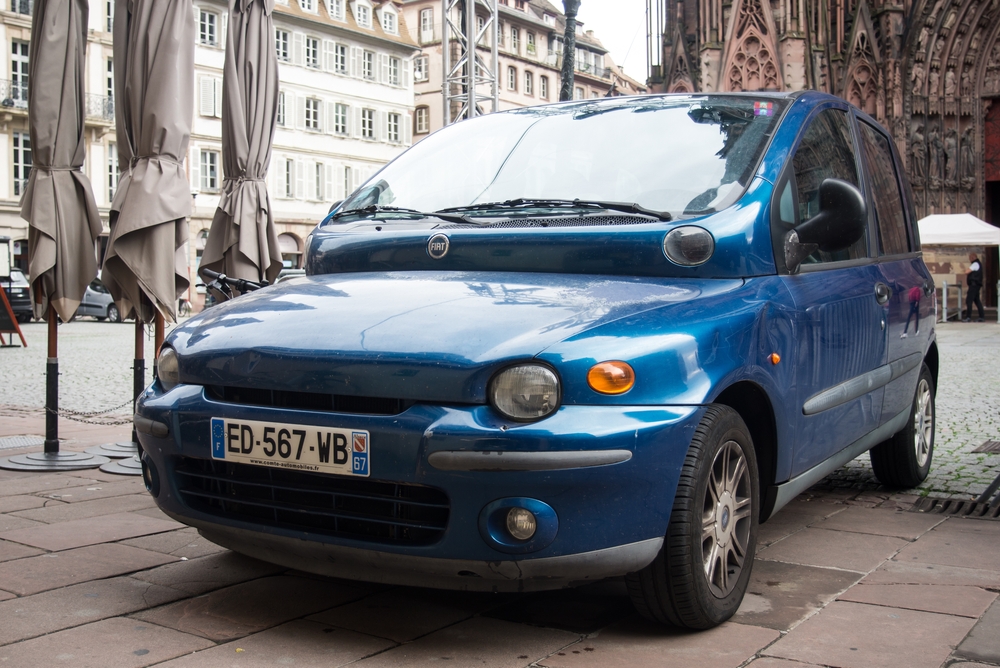
The Fiat Multipla is often cited as one of the ugliest cars ever made, with a design that baffled both critics and consumers. Introduced in 1998, the Multipla was a compact MPV with a highly unusual design, featuring a wide, bulbous front end with a second set of headlights mounted below the windshield. While the interior was innovative, offering seating for six in two rows of three, the exterior design was widely mocked. Despite its practicality, the Multipla’s appearance was a major turnoff for buyers, leading to poor sales. It’s now remembered more for its bizarre looks than for its functionality.
Suzuki X-90 (1995-1997)
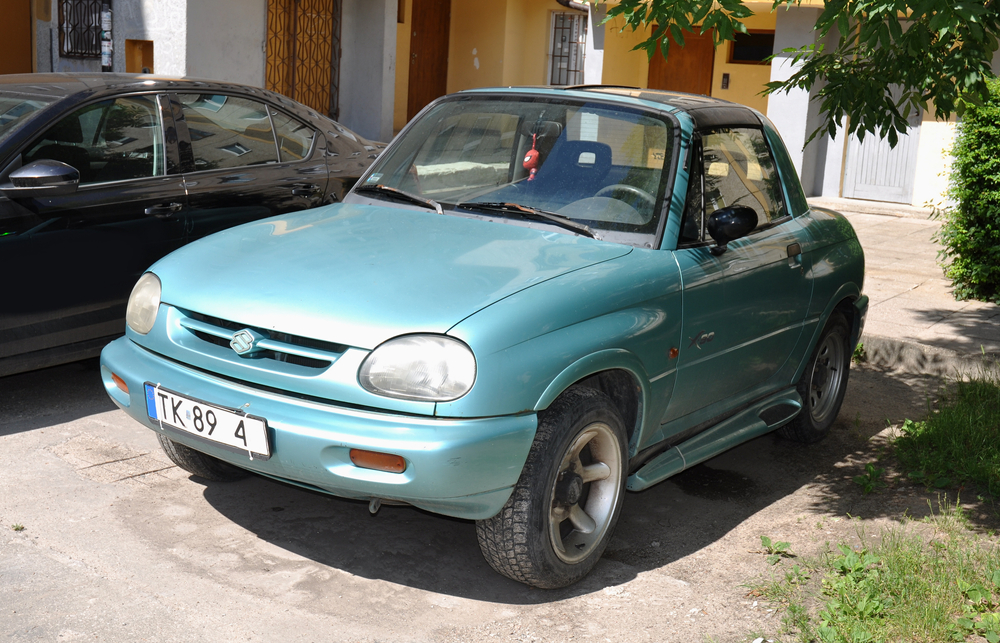
The Suzuki X-90 was a compact SUV that failed to resonate with consumers due to its oddball design. Introduced in 1995, the X-90 featured a two-door coupe body style with a removable T-top roof, giving it a quirky, almost toy-like appearance. However, the X-90’s design was seen as impractical and unappealing, with limited cargo space and off-road capability. The vehicle was also underpowered, with a small four-cylinder engine that struggled to deliver adequate performance. The X-90 was discontinued after just two years due to poor sales, and it’s now considered one of Suzuki’s biggest design flops.
Mercedes-Benz R-Class (2006-2013)

The Mercedes-Benz R-Class was a luxury crossover MPV that struggled to find its niche in the market. Introduced in 2006, the R-Class was positioned as a blend of an SUV, minivan, and station wagon, but its design failed to resonate with buyers. The R-Class’s long, wagon-like shape and high price tag were seen as unappealing, and its size made it difficult to maneuver in urban environments. Despite offering luxury features and a spacious interior, the R-Class was criticized for being neither an SUV nor a minivan, leading to poor sales. Mercedes eventually discontinued the model in 2013.
Plymouth Prowler (1997-2002)
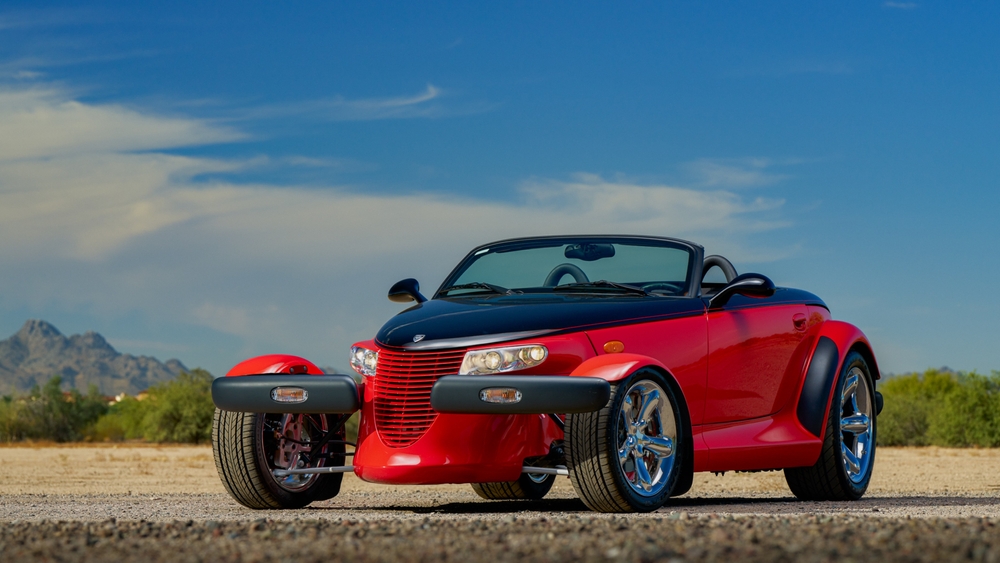
The Plymouth Prowler was a retro-styled roadster that failed to live up to its bold design. Introduced in 1997, the Prowler featured a unique, hot rod-inspired design with open front wheels and a pointed grille. While the design was eye-catching, the Prowler’s performance was underwhelming, with a 3.5-liter V6 engine that produced just 214 horsepower in early models. The lack of a manual transmission and limited practicality further hurt its appeal. Despite its striking appearance, the Prowler was expensive, and sales were sluggish. It was discontinued in 2002, and while it has since gained a cult following, it remains a symbol of style over substance.
Volkswagen New Beetle (1997-2011)

The Volkswagen New Beetle was a modern reinterpretation of the iconic original Beetle, but its design was met with mixed reactions. Introduced in 1997, the New Beetle retained the rounded shape of the original but added contemporary touches like a dashboard-mounted flower vase. While it initially attracted buyers with its nostalgic design, the New Beetle was criticized for its lack of practicality, including limited interior space and a small trunk. The car’s cutesy image also limited its appeal to a broader audience. Over time, sales declined, and Volkswagen eventually replaced it with a more conventional design. The New Beetle remains a polarizing chapter in Volkswagen’s history.
Dodge Nitro (2007-2012)

The Dodge Nitro was a compact SUV with a bold, aggressive design that ultimately failed to capture the market. Introduced in 2007, the Nitro featured boxy, angular styling with large fender flares and a prominent front grille. However, the Nitro’s design was more about style than substance, with poor fuel economy, a rough ride, and a plasticky interior that did little to justify its price. The Nitro also faced stiff competition in the compact SUV market, and sales were sluggish. It was discontinued in 2012 after a brief production run, and it’s now remembered as a design misstep for Dodge.
Saab 9-7X (2005-2009)

The Saab 9-7X was a mid-size SUV that failed to resonate with consumers due to its uninspired design and lack of brand identity. Introduced in 2005, the 9-7X was essentially a rebadged Chevrolet TrailBlazer, with minimal changes to differentiate it from its GM stablemates. The SUV’s design lacked the distinctive Swedish flair that Saab was known for, and its performance and interior quality were seen as average at best. The 9-7X was also priced higher than its GM counterparts, which further hurt its appeal. Saab’s attempt to enter the SUV market with the 9-7X was ultimately unsuccessful, and the model was discontinued in 2009.
Hummer H2 (2002-2009)
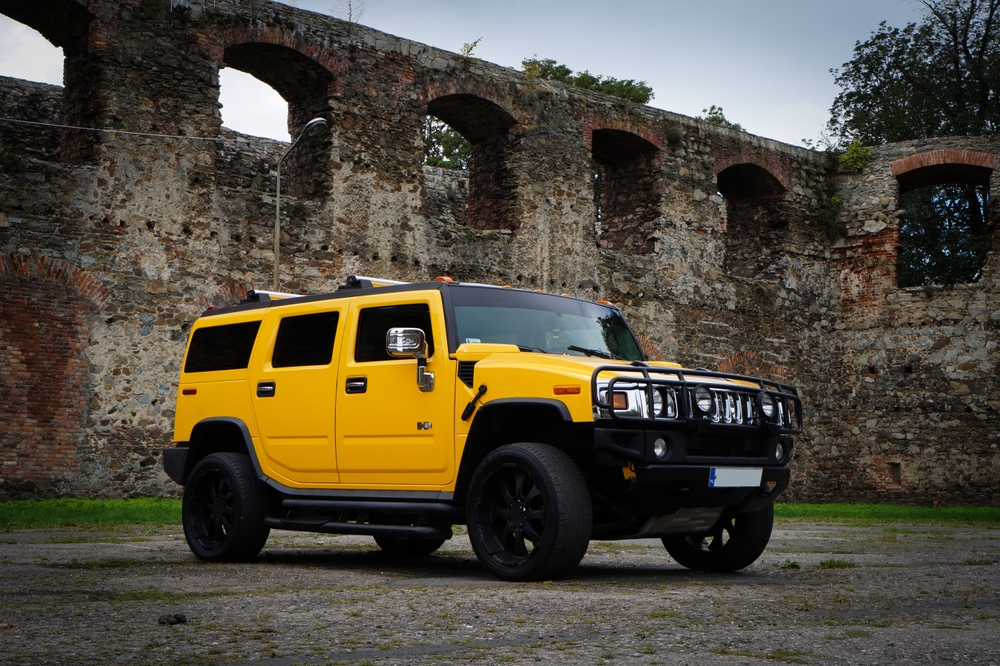
The Hummer H2 was a massive SUV that became a symbol of excess and poor fuel efficiency. Introduced in 2002, the H2 was designed to be a more civilian-friendly version of the original military-inspired Hummer H1. While the H2’s design was undeniably bold and rugged, it was also criticized for its enormous size, poor fuel economy (often less than 10 mpg), and impracticality for everyday use. The H2’s high price and controversial image eventually led to a decline in sales, especially as gas prices rose. The model was discontinued in 2009, and it remains a polarizing figure in automotive design history.
Infiniti QX56 (2004-2010)
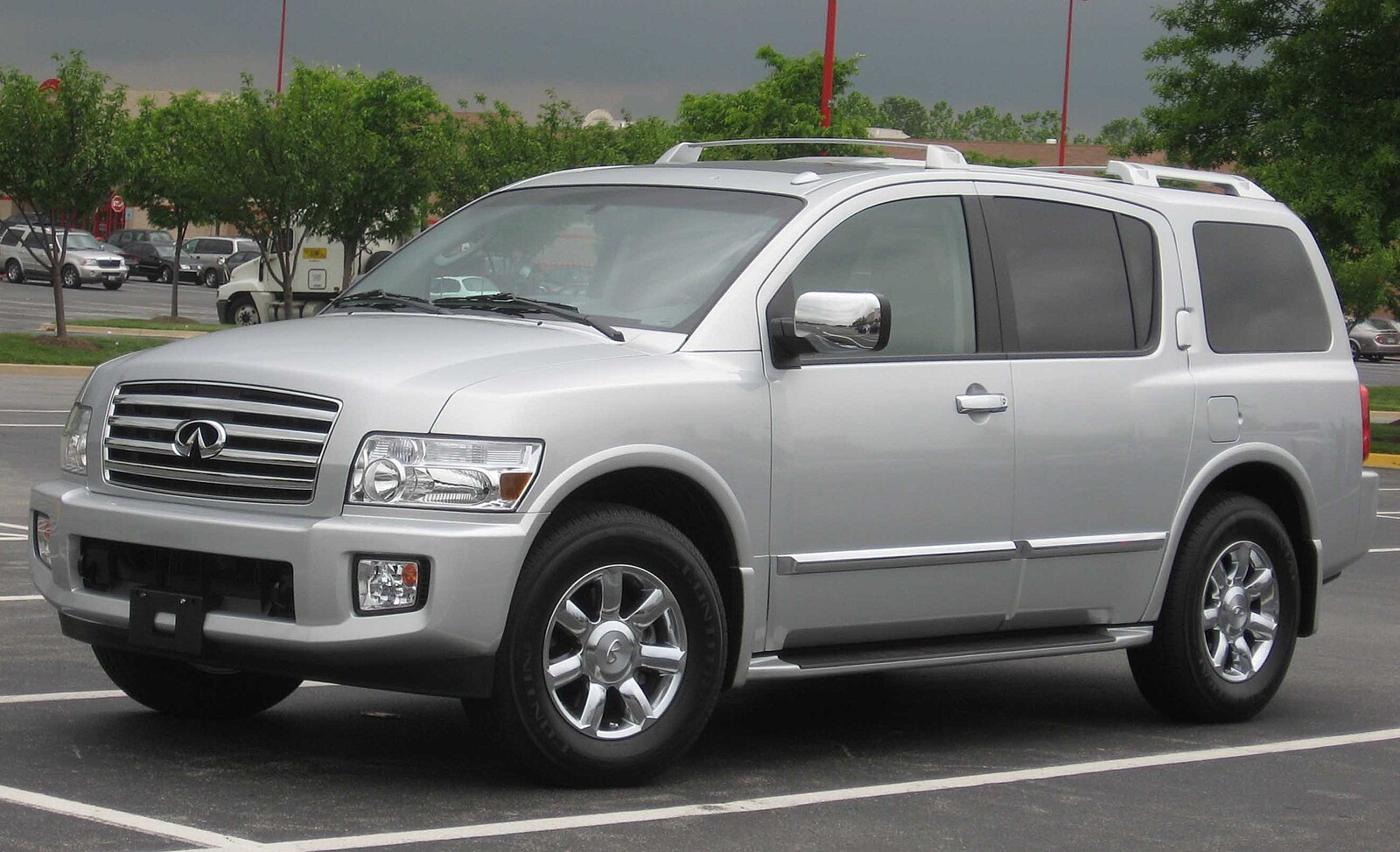
The Infiniti QX56 was a full-size luxury SUV that struggled to find its footing in the market. Introduced in 2004, the QX56 was based on the Nissan Armada and featured a large, boxy design that was seen as unattractive by many buyers. The SUV was also criticized for its poor fuel economy, cumbersome handling, and cheap interior materials that didn’t match its luxury price tag. Despite offering a powerful V8 engine and a spacious interior, the QX56’s design and performance issues led to lackluster sales. Infiniti eventually replaced it with the more refined QX80, but the QX56 remains a design flop in the brand’s history.
Chevrolet HHR (2005-2011)
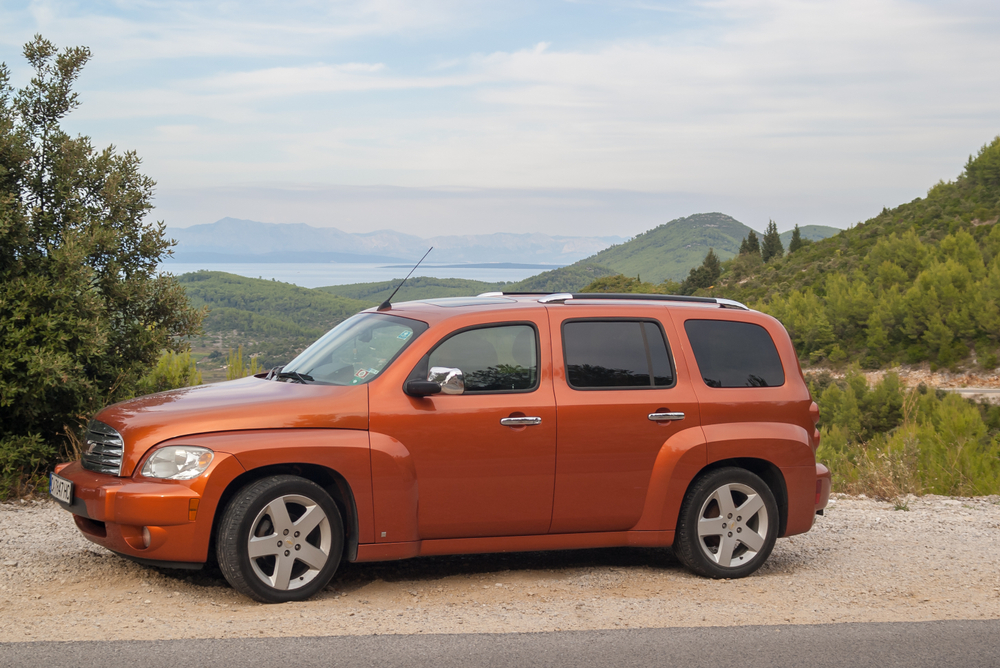
The Chevrolet HHR (Heritage High Roof) was a retro-styled compact wagon that failed to resonate with buyers. Introduced in 2005, the HHR was inspired by Chevrolet’s 1940s Suburban, but its design was seen as awkward and dated, even when new. The HHR’s high roofline and boxy shape limited its appeal, and the interior quality was criticized for being cheap and plasticky. While the HHR offered practical cargo space, it was overshadowed by more modern competitors in the compact segment. Sales were disappointing, and the HHR was discontinued in 2011, marking it as a design misstep for Chevrolet.
Saturn Ion (2003-2007)
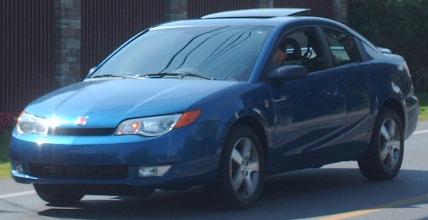
The Saturn Ion was a compact car that struggled to gain traction due to its uninspired design and poor build quality. Introduced in 2003, the Ion featured a plastic body panel construction that was intended to resist dents but ultimately gave the car a cheap, toy-like appearance. The interior design was also widely criticized, particularly the decision to place the instrument cluster in the center of the dashboard rather than in front of the driver. The Ion’s lackluster handling and noisy cabin further diminished its appeal. Sales were sluggish, and the Ion was discontinued in 2007, contributing to Saturn’s eventual demise as a brand.
This article originally appeared on MyCarMakesNoise.
More from MyCarMakesNoise
15 Modest Trucks That Pack Serious Towing Strength

When it comes to towing, not all trucks need to be hulking giants to get the job done. Many modest-sized trucks offer impressive towing capacities, combining power, efficiency, and practicality. Read More
The Untold Histories of 15 Iconic Trains Around the World

Trains have long captured our imaginations with their journeys across picturesque landscapes and bustling cities. But beyond their familiar routes and iconic names, some trains carry fascinating, hidden stories. From espionage missions to secret royal travels, these lesser-known tales add a layer of intrigue to the world’s most famous trains. Read More
15 Rare Porsche Classics You’ll Have a Hard Time Finding

Porsche has a rich history of producing iconic sports cars, many of which have become highly sought-after classics. This list explores 15 of the rarest Porsche models ever made, each with its unique story and undeniable appeal. Read More

